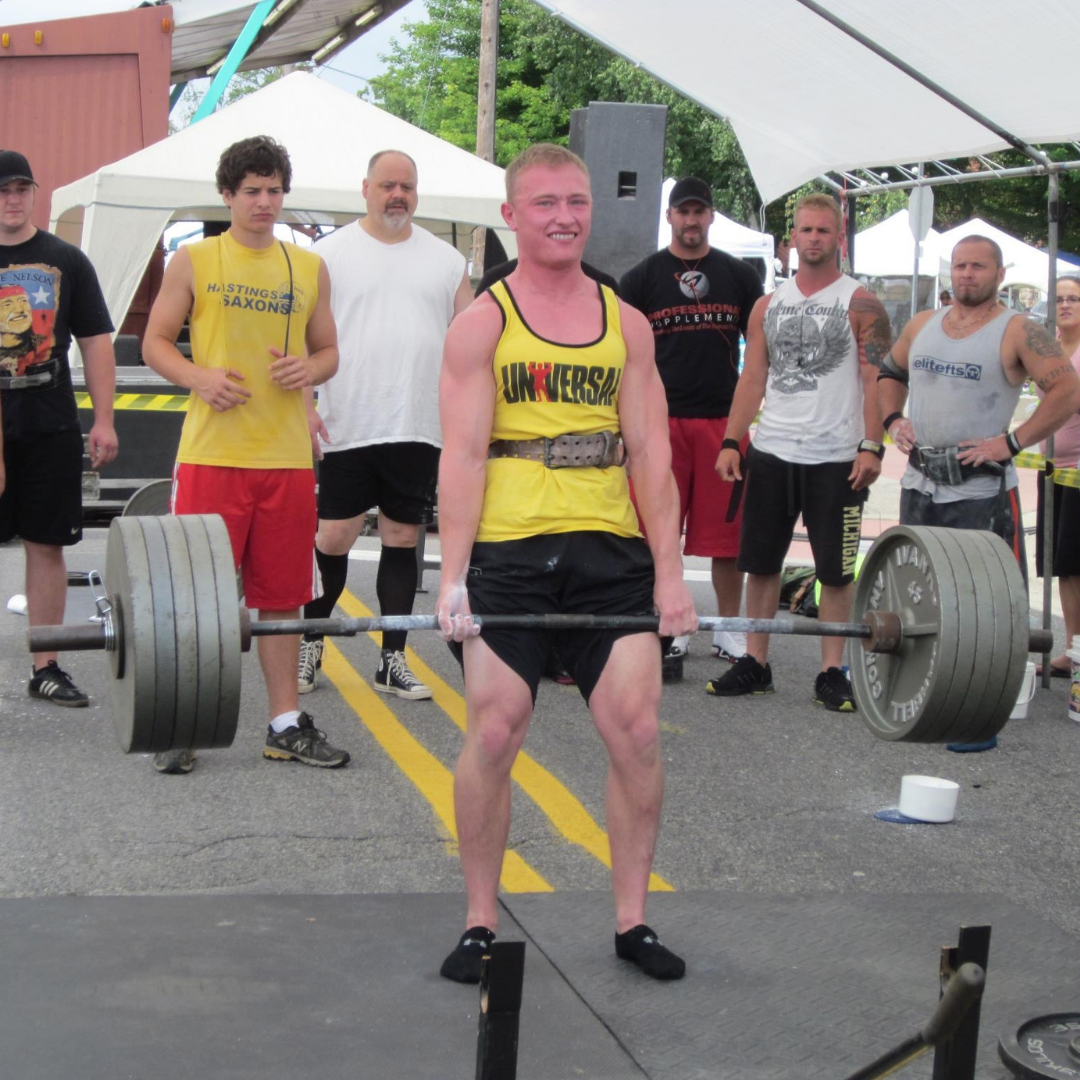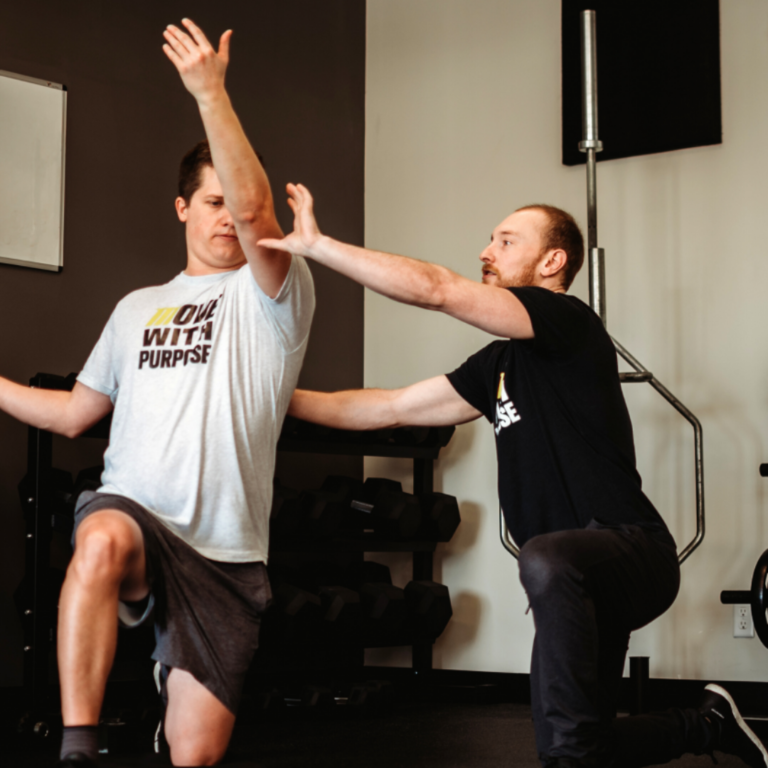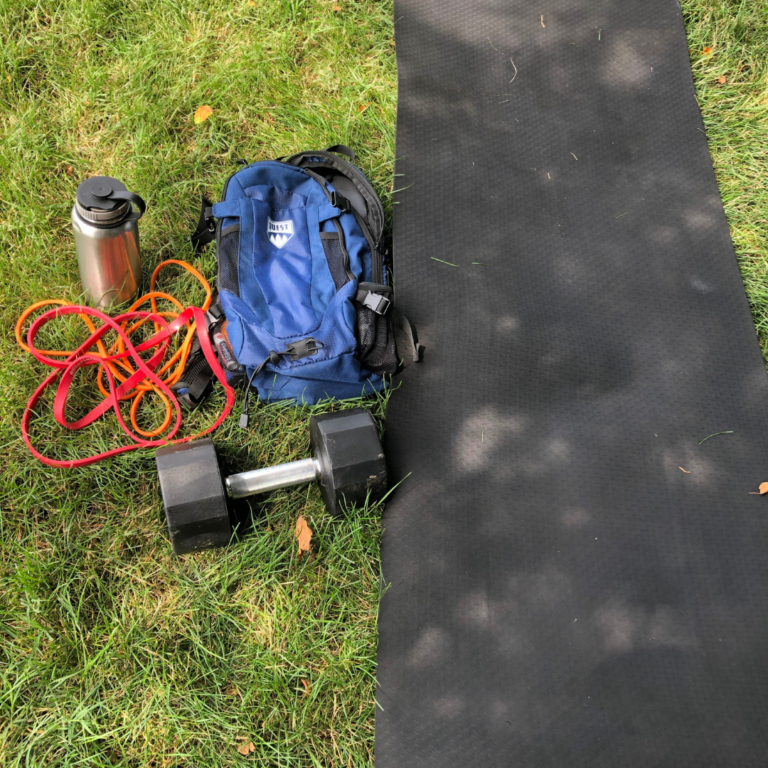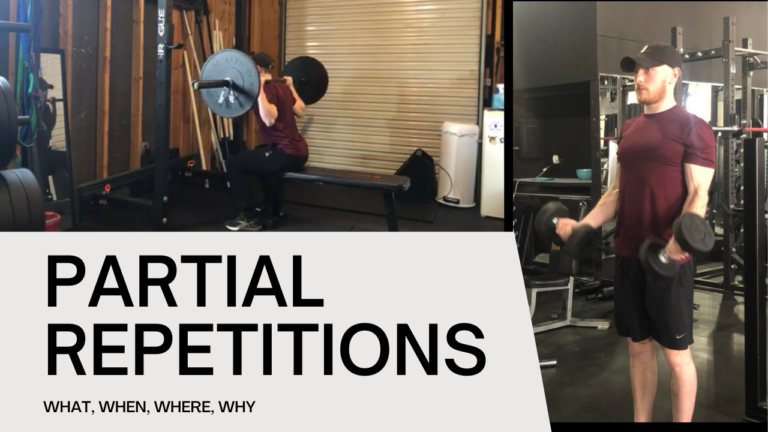The core is one of the most talked about things in the fitness industry, and for good reason it’s extremely important.
Yet we all probably know someone with back pain, or even more specific, someone who has hurt their back lifting. I hope this person is not you. If it is, there is hope. If it is not you it sadly still could be.
That’s why I am writing this article. If for nothing other than as a reminder, or to teach you how to use your core, back, spine, and breath so you can lift and do what you want for decades.
(While hitting more PR’s that don’t have you questioning if you tweaked something.)
Before we discuss safely bracing the core to handle loads/weights in various exercises it’s important to understand first that the spine is meant to move. Like a lot.
This doesn’t mean that you need acrobat levels of mobility or need to be able to fold yourself into a pretzel.
However, what I have seen in clients and in various gyms is that people’s inability to move their spine is a key part of the problem why they may experience core stability issues or even pain.
The reason for this is when we can’t use our core/back muscles to move the spine our body will very intelligently create stiffness in the spine by other means (connective tissue, fascia, muscle atrophy, decreased neural input etc.).
A visual of this could be the hunched over elderly person, or imagine being stuck in the position you look at your phone in typically.
The better our muscles are at flexing, extending, and rotating (upper spine mostly) the better ability they will have to isometrically brace it as well.
Some very simple drills/exercises that can be used to help increase the ability for the spine to move are:
- Cat Cow: The goal here is to segment the spine or visualize 1 vertebrae moving at a time.
- Lateral Spine Flexion: Like above try moving segmentally, putting shoulder into pocket
- Thoracic Rotation: Keep head in line with sternum, keep hips facing forward. Feel obliques initiate movement
- Most general core exercises: sit ups, crunches, toe touches etc.
Alright now why you are probably reading this, how to brace our spine during various exercises.
The good news is you already do this when you carry anything, go number two, ride with a crazy driver, cough etc.
The truth is it’s simpler than most people make it out to be and like I stated above, there is a good chance that you’re already doing this subconsciously.
Just by adding a small load or weight to the body the core will naturally contract in a way that will hold the spine fairly rigid. The problem is when we are holding a weight that is either too heavy, or we move into a position where we are weak.
There are two ways you can go about this,
a.) You could add additional exercises (at the end of the session or even the beginning as a warm up) that target the core muscles without the additional focus of performing a lift with good technique or with heavy weights.
or
b.) Add simple things like tempo work, pauses, or isometric holds (think for squats, deadlifts, presses, main exercises you feel weak in etc.) that will help develop the body’s ability to maintain the contraction while actually working on the movement you want.
The good news is whether we are performing a back squat or a pallof press (see below) the same cues or thoughts apply.
Common things to think about:
a.) Think of creating tension from the obliques, transverse abdominals, and pelvic floor (aka the other parts of the core that aren’t the “6 pack”) first. Honestly, the easiest way to do this is to imagine the feeling of stopping the flow of urine midstream, or performing a keagle.
*To Test, put a finger gently into your stomach about 2 inches left or right from your belly button and perform this. It should give a gentle push back or spring-like feeling. That’s the engagement we are looking for. Again, it’s pretty subtle.

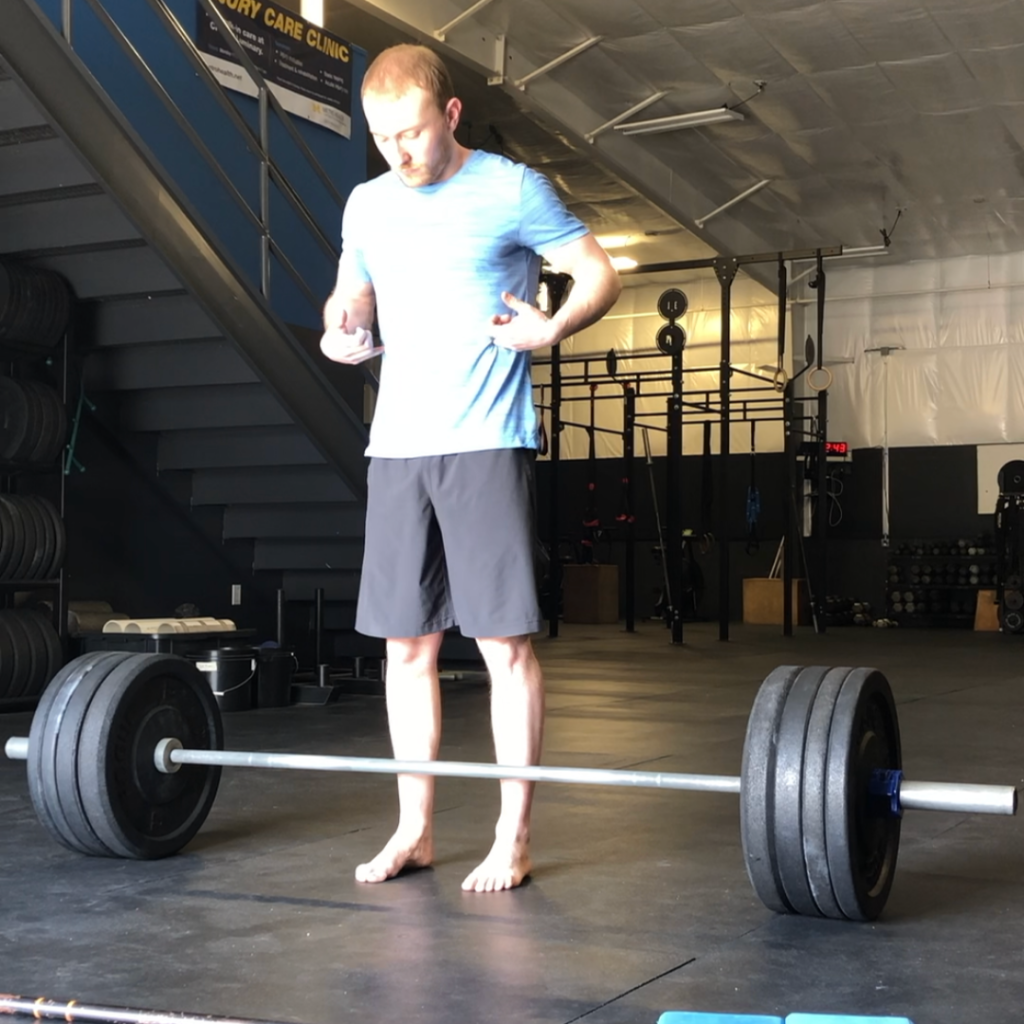

b.) From there we want to create tension from the front and the back. To do this (while holding the contraction from above) pretend to cough but don’t actually make a noise. What you should feel is the top abs “turn on” and pull the ribs down slightly while some tension in the mid/low back happens as well.
c.) From there hold these contractions for the duration of the exercise. Or if needed, “reset” the core after a certain amount of repetitions.
***Note if using a weight belt: When using a weight belt the biggest advantage (on top of the additional stability of course) is the neurological benefit it gives us. If your belt is at the proper tightness then when we perform the first thing to think about (a) this will give us the feeling of pushing our stomachs (hopefully your whole torso) against the belt. This is NOT the same as actually pushing your stomach out which disengages your core. Not what we want.
Some isolation drills to work on this:
- Lying Pelvic Marches: This exercise is used to practice keeping your core muscles firing to lock in the spine and pelvis while you move your legs independently. Once you’ve got this one down you should have a good understanding of how it feels to isolate the whole core.
- Pallof press in various positions: This exercise is best performed with bands or a cable machine. We are taking a load from close to the body and pressing it further away to create more work for the core to keep everything in place. These can be done standing, seated, in a lunge, squat, pretty much anything.
- Dead Bug: This exercise is great for feeling how the core needs to work in relation to the pelvis. As we kick a leg out our low back is going to want to shoot off the ground and we need to combat that by using our core and upper body in unison.
- Hollow Hold: like above without upper body help, this is how gymnasts typically hold their core/spine in exercises
- Superman/Prone Extensions: Just abs alone don’t hold the spine. Another reason for potential core instability could be a lack of direct low back work. This is essentially the opposite of the hollow hold.
- 45 Degree Back Extensions: Here we are working the low back and pelvis in full flexion, then using the glutes, hamstrings, and back erectors in unison to extend our bodies. Like above just with more range of motion.
The last thing that ties into bracing or moving the spine is how the breath comes into play. We ultimately want to be able to hold our core contraction without much effort. You can try it now, “set your core” (even if you’re seated, just sit up tall) and go about your day or try to breathe normally. You should be able to talk, breathe normally, and not be straining too hard. For most exercises this is the level of conscious contraction needed, after all we want to focus on the movement not just the core.
When we start to work into more moderate/heavy weights is when we want to focus more on a specific breathing rhythm to not only help the core do its job, but also increase performance.
Most of the time what is going to be most beneficial (again regardless of the exercise/lift) is to:
a.) Perform a full exhale from the mouth with pursed lips (like blowing up a balloon) while setting the core.
b.) Next perform a big forceful inhale through your nose into your belly (without it expanding out) and lungs/chest and perform a rep(s) of the exercise.
c.) Finally after the halfway point in the exercise (eccentric to concentric aka the “push up” part of a push up, standing from the squat, the hardest part etc.) you can either exhale forcefully with pursed lips to help get through a sticking point in the lift, or just continue to hold. *This is where the overlap with (a) comes in
d.) Repeat
When done properly this will usually become unconscious, allowing you greater focus on the feel of the exercise and each rep being performed.
Like most things the more we practice the better we get. The best part is your body already knows how to do this. It’s just a matter of becoming conscious of it, then improving upon it further.
To Your Success,
– Josh
